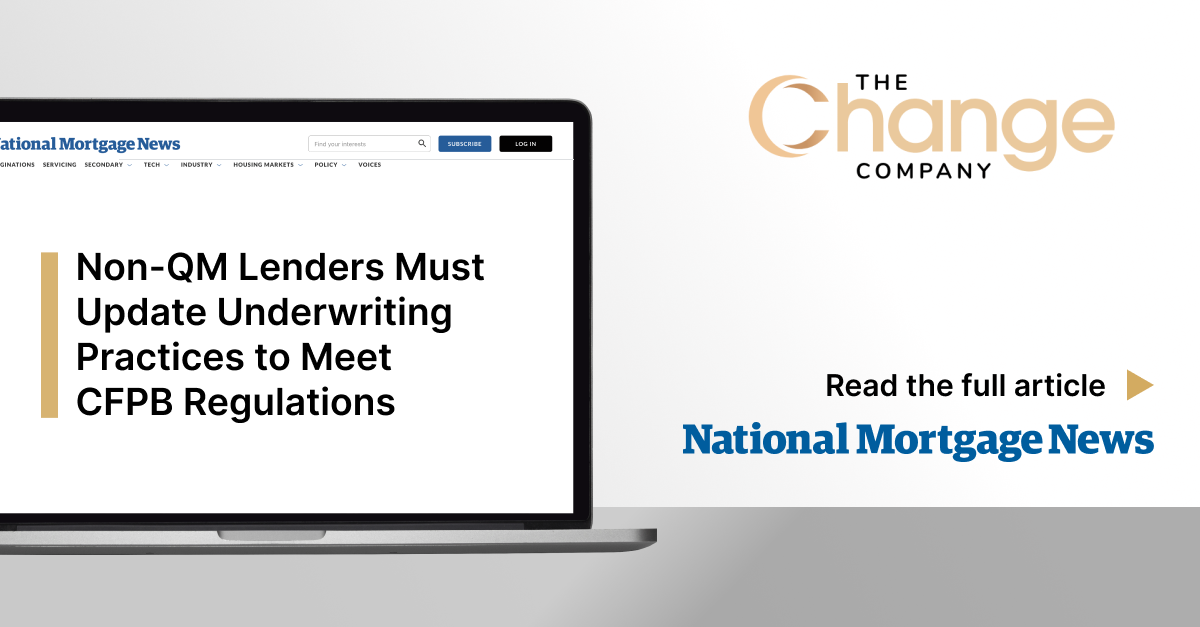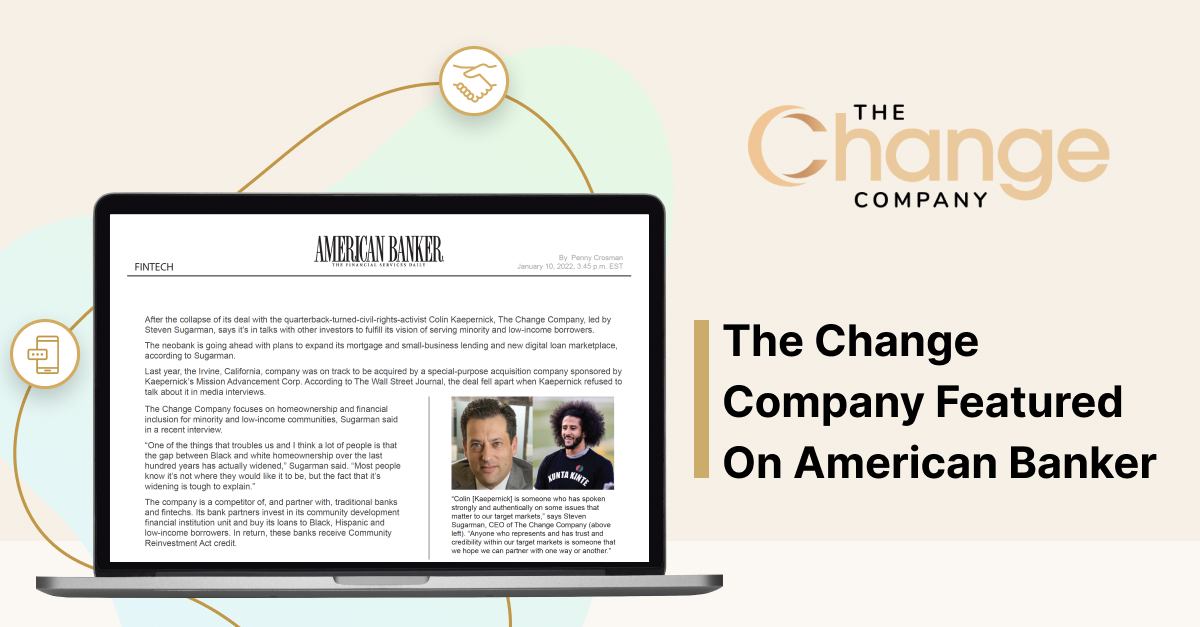Investor demand rising for CDFI RMBS securitizations
In 2022, Change Lending successfully issued the country's first securitization of first lien residential mortgages originated exclusively by a Community Development Financial Institution (CDFI). Over the past year, Change has successfully completed six additional securitizations representing over $2 billion in principal balance. Notably, two-thirds of the loans in Change's securitizations were made to Black, Hispanic, and Low-Income borrowers or secured against homes in Low-Income communities.
CDFI originated loans also have been included in non-QM securities issued by non-CDFIs. For instance, loans originated by CDFIs Quontic Bank and Champions Funding have been included in several securitizations alongside loans originated by traditional non-QM lenders.
The broader presence of CDFI loans in securitizations has allowed investors and analysts the ability to track the performance of CDFI loans and to compare them to traditional non-QM lending. What these investors are finding is that CDFI loans are outperforming traditional non-QM loans with respect to delinquencies and prepays. It is quickly becoming clear that concerns about the diverse racial and ethnic composition of CDFI borrowers were not related to credit or profitability.
For instance, Change's securitizations have included loans with less than 70% average loan-to-value ratios, over 740 average FICO scores, and more than 24-months of average reserves. No loans in the securitizations had borrowers with recent bankruptcies or foreclosures, and instead borrowers boasted multiple, seasoned credit lines with a strong history of credit performance. Over 70% of the loans were for either purchase transactions with the borrower contributing a down payment of at least 20% or for refinance transactions where the borrower's existing monthly payment was maintained or reduced.
It should have surprised no one that loans with these prime credit metrics, perform consistent with other prime loans with similar terms and features – regardless the borrowers race or ethnicity. However, CDFI securitizations continue to be priced at attractive discounts to comparable non-QM securitizations. On average, the senior most tranche of CDFI securitizations have traded at spreads approximately 80 basis points wider than securitizations with traditional non-QM loans. Meanwhile, the underlying loan performance of CDFI securitizations continues to outperform traditional non-QM loans according to an analysis by dv-01 (a Fitch Solutions Company).
The disconnect between the lower risk in CDFI securities coupled with the higher yield paid by CDFI securities is resulting in increasing investor demand across the capital structure. In February, Change issued its most recent securitization (CHNGE 2023-1) and found demand to be both broad and deep – ultimately selling all securities form the A1 tranche through the B2 tranche.
So far, over 50 institutional investors have invested in Change's CDFI securitizations. With each deal the interested investor universe continues to climb. As the strong track record of performance of CDFI loans continues to outperform expectations, it is likely that the spread between the yields on CDFI securities and traditional non-QM loans will narrow.
Investors also are able to benefit from several positive regulatory attributes bestowed on CDFI loans under the Dodd-Frank Act. In fact, CDFI loans are exempt from certain provisions of Regulation Z, which significantly reduces potential civil liability on the lender and assignee; thus, reducing the contingent liabilities of a securitization containing CDFI loans. Additionally, investors with an ESG mandate can create meaningful social impact through their investments in CDFI securitizations. For instance, Change's securitizations are each deemed "social bonds" by Institutional Shareholder Services and may allow banks to qualify for Community Reinvestment Act credit.
As adoption of CDFI securitization volumes continues to grow, it is only a matter of time before rating agencies are able to enhance CDFI loan ratings and investors begin to price CDFI securitizations in line with traditional non-QM deals. This marks a compelling opportunity for today's investors and will begin to eliminate the structural impediments to Black and Hispanic homeownership in America.



.jpg)



.jpg)
















.png)














.jpeg)






























%2525201%252520(1).png)




